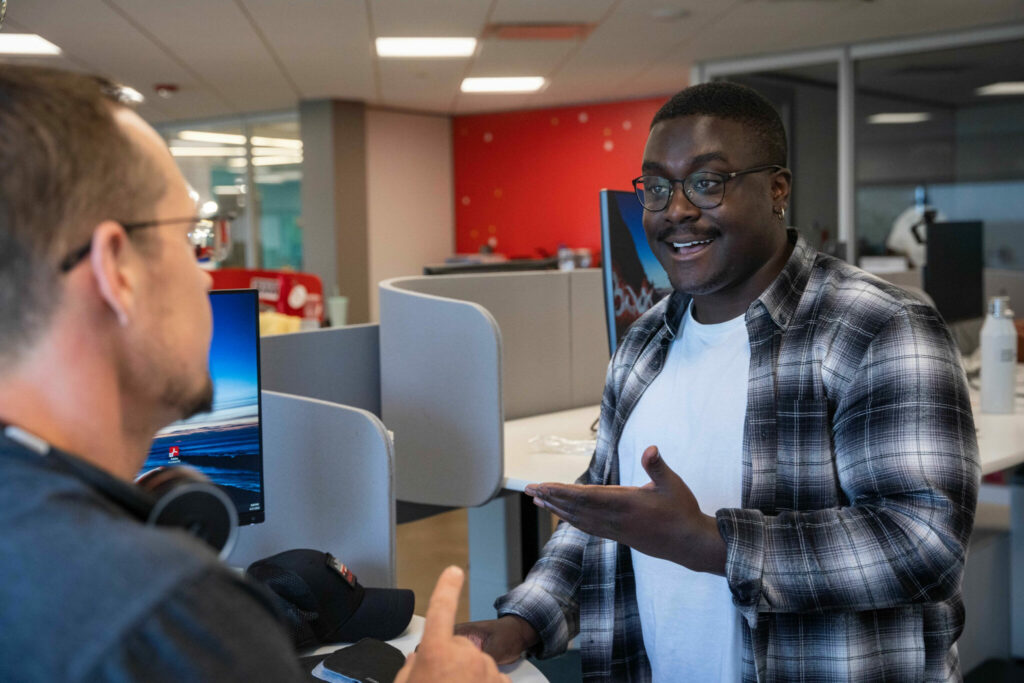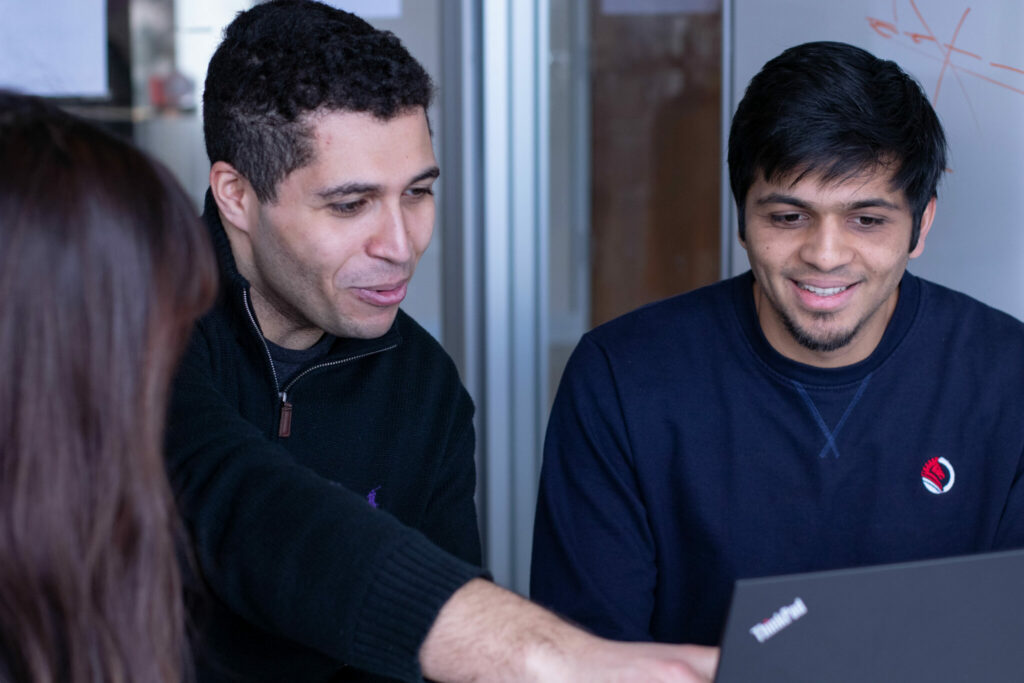2020 likely lit the fire under many crucial conversations within your organization. Remote work and back-to-office planning may be commonplace, but perhaps the most pivotal discussion is one that’s been long coming: racial equality.
Many organizations—us included—have work to do when it comes to diversity. Studies both old and new show that diverse teams outperform homogeneous ones. Even setting aside business outcomes, diversity is an obligation for any company looking to achieve real equality.
For recruiters, there’s an impetus to hire for diversity. But there’s a catch here. And unless you’re aware of it during your hiring practices, you may be setting up those you hire for failure. You’ve heard it before, and you’ll hear it again: Diversity needs inclusion to succeed.
In this blog, we’ll explain why hiring for inclusion is so important. We’ll also share tips for how to improve your recruiting processes, so that all candidates feel properly supported.

Why inclusion matters
Most recruiters understand the need for diversity. As the U.S. becomes more diverse, so do your customers, partners, and talent pool. To thrive in the world of tomorrow, you need to rethink your hiring efforts today. And you need to do so from the ground up.
But hiring for diversity isn’t as simple as hiring diverse voices. If you’re operating based on a quota or similar initiative, your heart may be in the right place. But the danger in these measures is that they often lead to simple box-ticking, with little follow-through.
Impact beats intent, any day of the week. Regardless of where your heart is, if your efforts don’t result in positive change, you’re doing a disservice to those you hire. That’s why it’s important to go beyond diversity and think in terms of inclusion.
In a 2020 McKinsey study, researchers analyzed user-generated reviews on Glassdoor and Indeed to estimate employee sentiment on diversity and inclusion. While sentiment on diversity was considered generally positive, sentiment on inclusion was largely negative.
The study relied on three main indicators of inclusion: equality, openness, and belonging. In other words, the majority of those sampled felt their organization lacked at least one of these traits. If you’re looking to hire and retain diverse talent, these aren’t encouraging signs.
If you take one thing away from this study, let it be this: The status quo clearly isn’t working. Only by ensuring equal opportunity for all hires will your recruiting efforts truly bear fruit.

How to hire for inclusion
You may picture inclusion as something that applies within the walls of your organization. Are we creating a safe space for our employees? Does everyone here feel welcome? But you can’t start and stop there. Inclusion should apply the moment candidates first engage with you.
Consider your current job descriptions. Whether you’re aware of it or not, the way you phrase and market these jobs can alienate parts of your talent pool. While tailored job listings can help narrow down qualified candidates, they can also suppress and exclude diverse voices.
Make sure you’re not gatekeeping your jobs with unnecessary requirements. Is a master’s degree and five years of industry experience absolutely critical to on-the-job success? If not, you may be hurting minorities who lack access to equal education and career mobility.
Likewise, if hiring for a job that entails physical work, you may include a prerequisite like: Comfortable lifting boxes up to 50 lbs. In actuality, this may be a “nice to have” meant to cover your bases. But unless specified as such, this can discourage groups like women from applying.
The need for inclusivity goes beyond just job listings. From your employer brand to on-campus recruiting and job fairs, make sure you’re providing a fair, equitable, and gender-neutral experience for your potential hires.

Considering the whole candidate
Providing a fair hiring experience means assessing candidates free of bias. It also means viewing the “whole candidate”—not just their experience or school name. And one discipline that can help you do both is talent optimization.
Talent optimization puts an emphasis on objective people data. These data points take into account things like behavioral fit and cognitive ability. Through people data, you’ll gain insights into potential job performance you can’t glean from a resume.
By weighing all available data points, you can take a holistic, more inclusive approach to hiring. Talent optimization can’t eliminate bias; you ultimately have to decide whether your candidate’s a culture add. But talent optimization can help ensure a level of fairness for all candidates.
Right person. Right role. Every time.
PI Hire gives you the data you need to better predict which candidate will succeed in the role, and stay for the long term.
Equality won’t wait.
Inclusive recruiting is but the first step in a larger movement. To ensure continued success for those you hire, see that inclusion follows them wherever they go. Provide a warm onboarding experience, bolstered by a supportive culture. Create opportunities for career development and internal mobility.
These initiatives go beyond recruitment, or even human resources. It’ll take commitment from senior leadership down to foster an environment of inclusivity and belonging. Then, and only then, can we achieve equality in the workplace and beyond.








